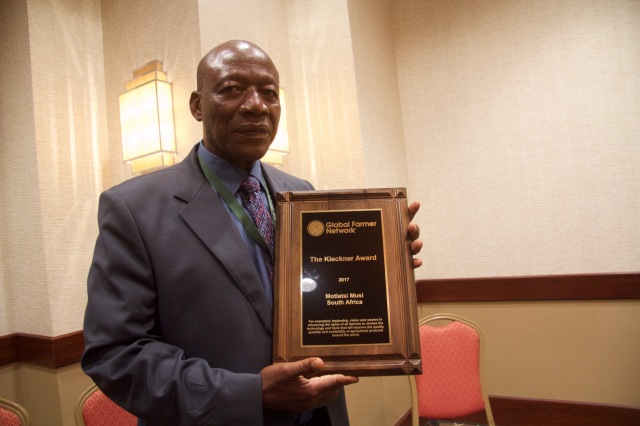By Emma Beyer
DES MOINES, Iowa — Non governmental organization booths populated the floor outside of session rooms at the Borlaug Dialogue International Symposium. The NGOs varied in approach, but shared similar beliefs: empowering African communities, spreading the word about their missions and trying to directly connect Americans to impoverished areas. Here are three NGO efforts represented this week in Des Moines:
Self Help International
Self Help International works by partnering with communities in Nicaragua and Ghana to alleviate hunger and improve quality of life with dignity. The program aims to get the right tools to communities to run their own programs, not hand-outs. This works by starting and setting up organizations and infrastructure in countries and training locals to continue the programs.

Jacqueline Steinkamp, development director of Self Help International, says aid is effective when it is a hand up instead of a handout. (Photo by Emma Beyer)
Self Help programs have three aims: improve access to nutritious food and clean water, improve the ability of children to attend school and increase access to resources, including micro-loans, for women and girls.
“Of income earned by women, 99 percent goes back to the community,” Jacqueline Steinkamp, development director, said. “Compared to only 20 to 30 percent of income earned by men.”
When women have a say in how money is spent, it generally goes to clothing, food, shelter and education, all essential for breaking the cycle of poverty. By providing micro-loans for women to start their own businesses, women feel empowered and money circulates locally.
The organization also trains women in basic business skills, stating that “even illiterate mothers who lack formal education can earn a steady income.” This, in combination with micro-loans, creates successful local businesses. One of Self Help’s fastest growing businesses is the manufacturing of sanitary pads for girls in a movement called Days for Girls.
In rural communities, girls often miss school during their menstrual cycle. In Ghana, one sanitary pad costs a week’s salary, according to Steinkemp. A Self Help program designed and developed sanitary pads made from small pieces of cloth. The pads can be washed and reused hundreds of times and are concealed in a colorful drawstring bag to hide the normally-taboo products.
Des Moines-based volunteers sewed reusable pads from scrap material. The demand was so high that the supply ran out. The company went to Ghana, taught local women the sewing pattern and helped them create their own business. This process has been repeated in over 40 countries to date.
Another reason children miss school in impoverished communities is because there is a lack of food in schools and at home. In Ghana, 1 in 4 children under 5 years of age is stunted due to chronic under nutrition, according to Self Help.
Meal-in-Schools is one way children have increased access to nourishment. The Self Help initiative helps communities start breakfast programs, allowing children begin their day hunger-free and ready to learn. Meal-in-Schools utilizes locally grown quality protein maize, or QPM, to make porridge, which delivers more protein and nutrients to children.
This program was endorsed by Norman Borlaug himself because it honors his belief in building partnerships, rather than dependency, to empower communities across the globe. For more information start here: https://selfhelpinternational.org.

Self Help International currently operates in Nicaragua and Ghana. The organization only employs three American staff members, relying instead on employing dozens of individuals in their home communities. (Photo by Emma Beyer)
The Outreach Program
The 2017 World Food Prize week kicked off with the Iowa Hunger Summit, a luncheon where over 1000 leaders from around the world gathered. The lunch wasn’t catered by a five-star restaurant or fine dining catering service. Instead, individuals dined the same meals given to communities in need, nutritious meals from the Outreach Program.
The nonprofit offers five meal options, created in conjunction with Iowa State University to maximize nutrition. These meals include macaroni and cheese, minestrone soup and fortified rice and beans. The organization also created after-school snack packs.
Corporations, churches, and individuals solely fund the program using a unique donation model. Rather than giving a set amount, donors may choose the number of meals and locations to which they are sent. Each meal package costs $1.50 and includes six servings, enough to feed an entire family.
Most recently, meals have gone to disaster areas in Puerto Rico and Houston. For more information, start here: http://outreachprogram.org/

On display are the five meal options developed by the Outreach Program and Iowa State University. Each meal can feed a family of 6. (Photo by Emma Beyer)
The Borlaug Training Foundation
There is a general perception that young people have less interest in farming and agricultural science today, said Katy Gustafson, executive director of the Borlaug Training Foundation. But she believes the problem is getting resources to interested students. The Borlaug Training Foundation connects young scientists in developing nations with teachers and mentors in the scientific community.
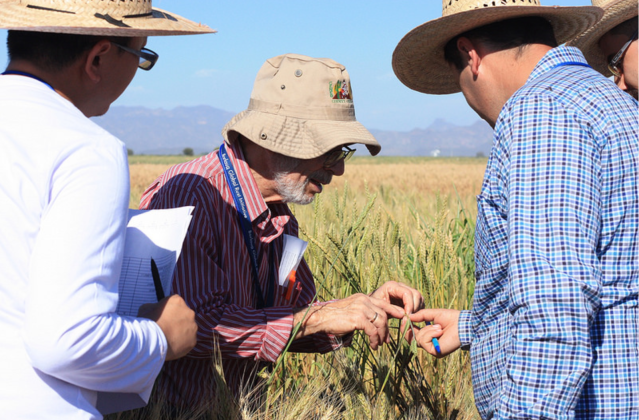
Jesse Dubin, a plant pathologist, teaches program trainees about wheat rust in Mexico, 2015. (Photos courtesy of the Borlaug Institute.)
The getting-your-hands-dirty initiative promotes practical training in the field. The organization relies on volunteer professors to travel around the globe.
“It’s easier to bring the teachers to the students than the students to the teachers,” Gustafson said.
Students often have issues with funding, visas, and other extenuating circumstances, but bringing one expert to a group of university students, the Borlaug Training Foundation solves many of those logistical problems. The organization is still in its initial stages.
“We want to start with what we know and do it well before we expand,” said Gustafson.
So far, the organization has worked with universities in Tunisia, Mexico, the Philippians among others, bringing in scholars from the University of Missouri and Colorado State University along with former World Food Prize laureates.
“There are students dying to spend two weeks in Mexico to learn about the people, the culture, the system,” said volunteer and retired professor Perry Gustafson. “It’s something those students will never forget.”
To learn more, start here: http://www.borlaugtrainingfoundation.org/





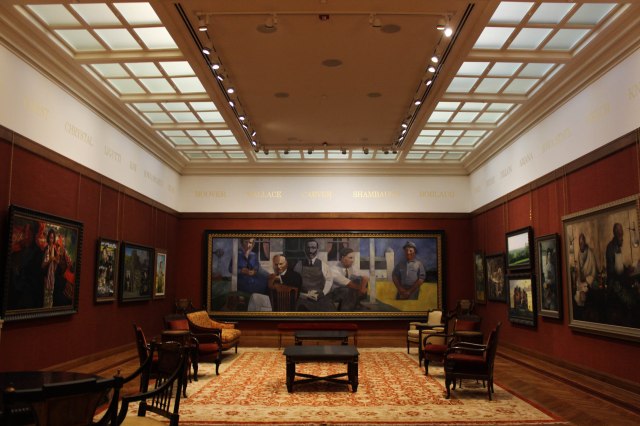
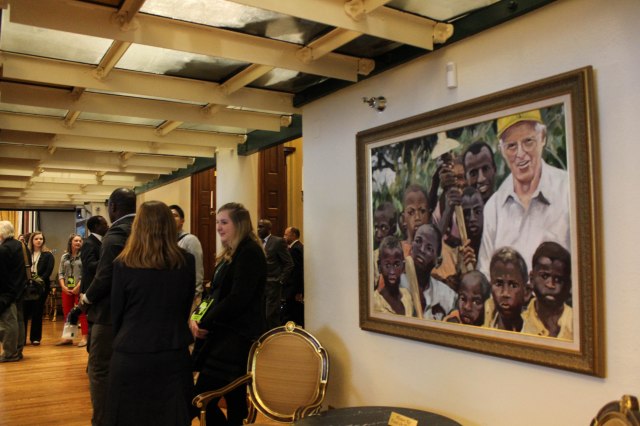

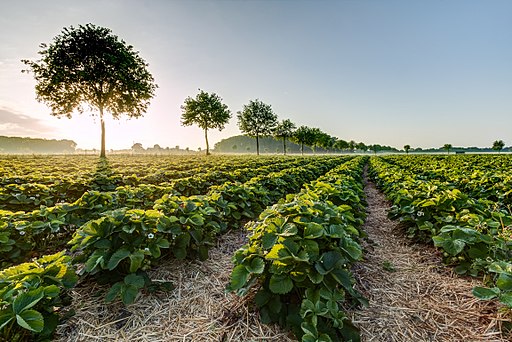


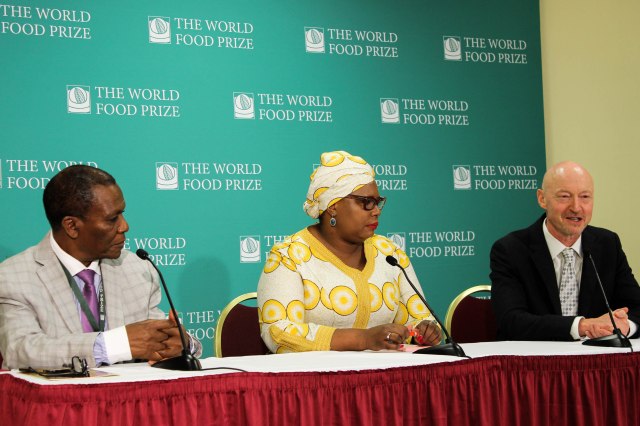





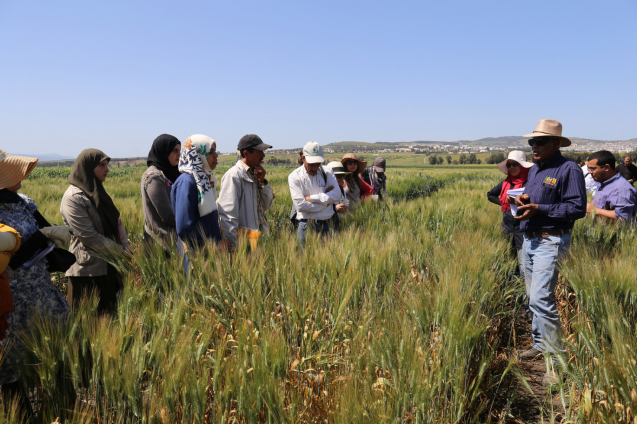
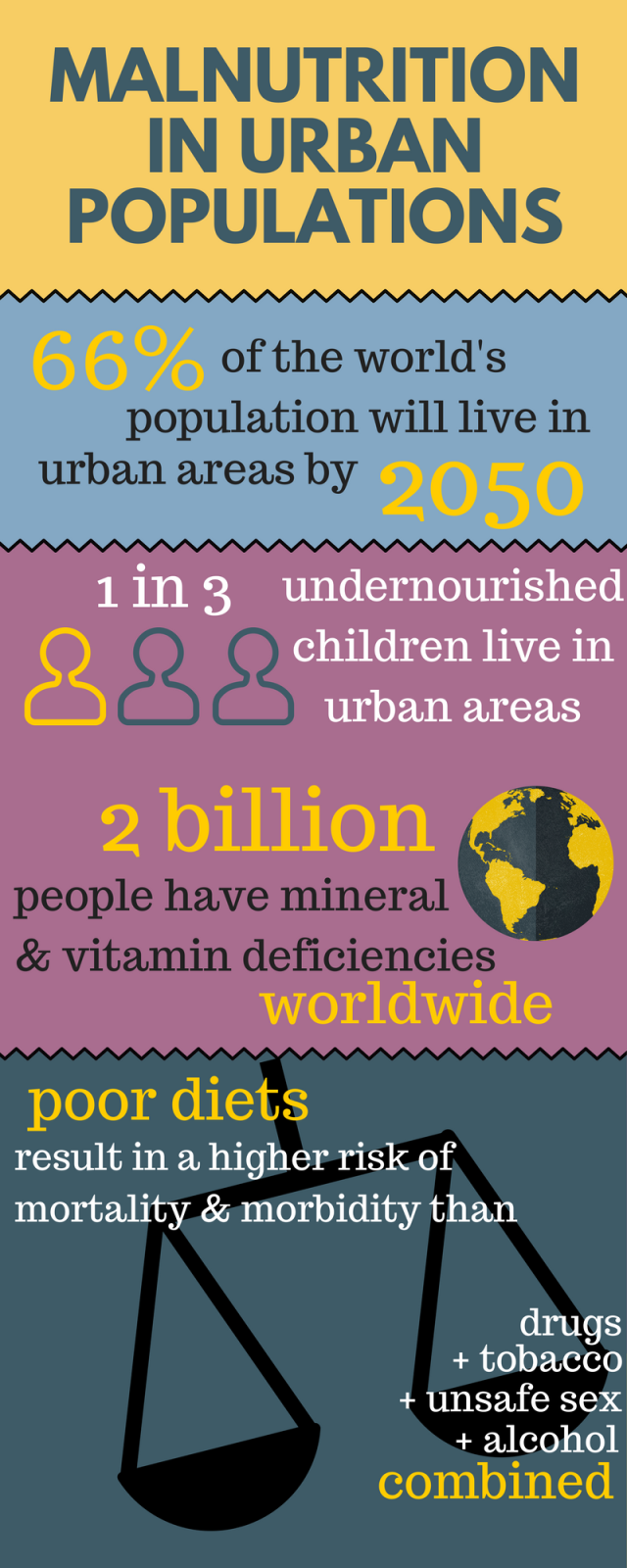 In diverse and multifaceted urban communities, diets, housing and income levels can vary greatly. These populations are often overlooked due to the focus on smallholder farmers in rural areas.
In diverse and multifaceted urban communities, diets, housing and income levels can vary greatly. These populations are often overlooked due to the focus on smallholder farmers in rural areas.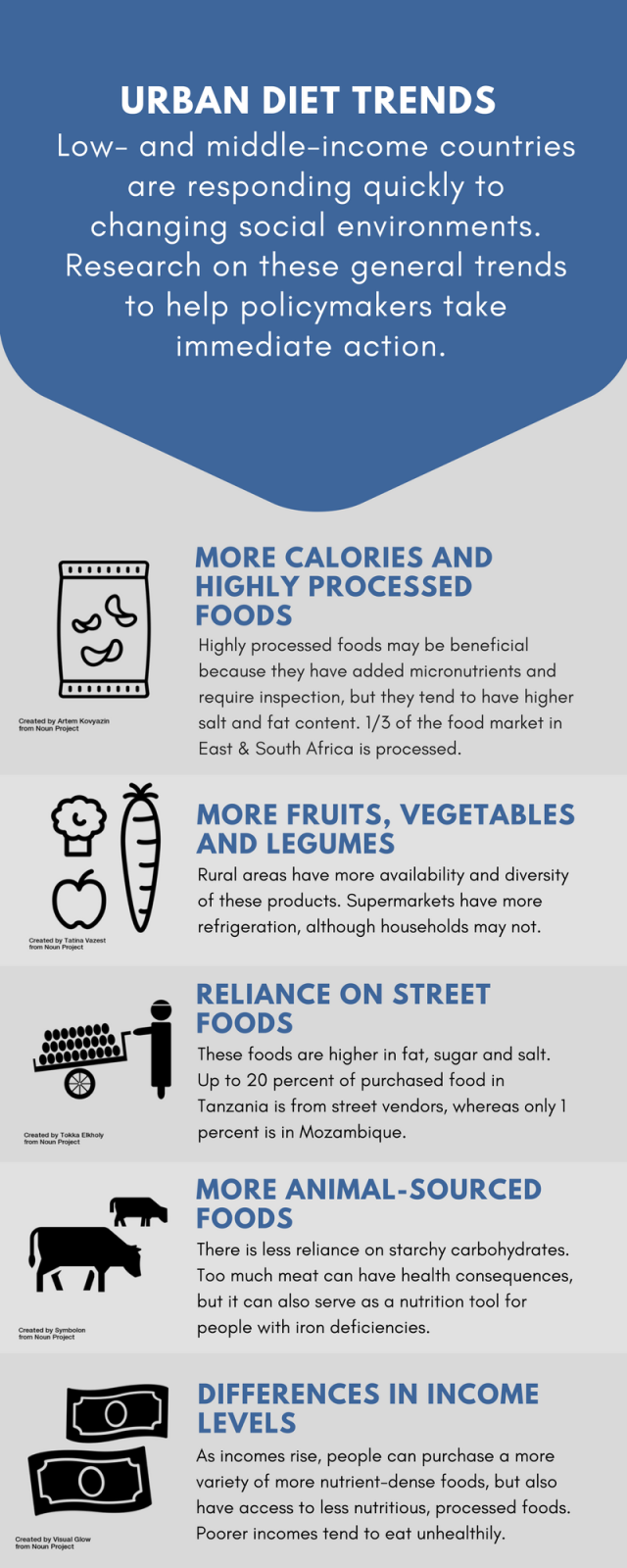 The complex issues in urban food systems need researched, multi-stakeholder input that focuses on issues as well as opportunities, the Global Panel said. The panel urged policymakers to “act without delay” due to the risks of conflict, diseases and stunted economies, in addition to poor human health, associated with insufficient nutrition.
The complex issues in urban food systems need researched, multi-stakeholder input that focuses on issues as well as opportunities, the Global Panel said. The panel urged policymakers to “act without delay” due to the risks of conflict, diseases and stunted economies, in addition to poor human health, associated with insufficient nutrition.